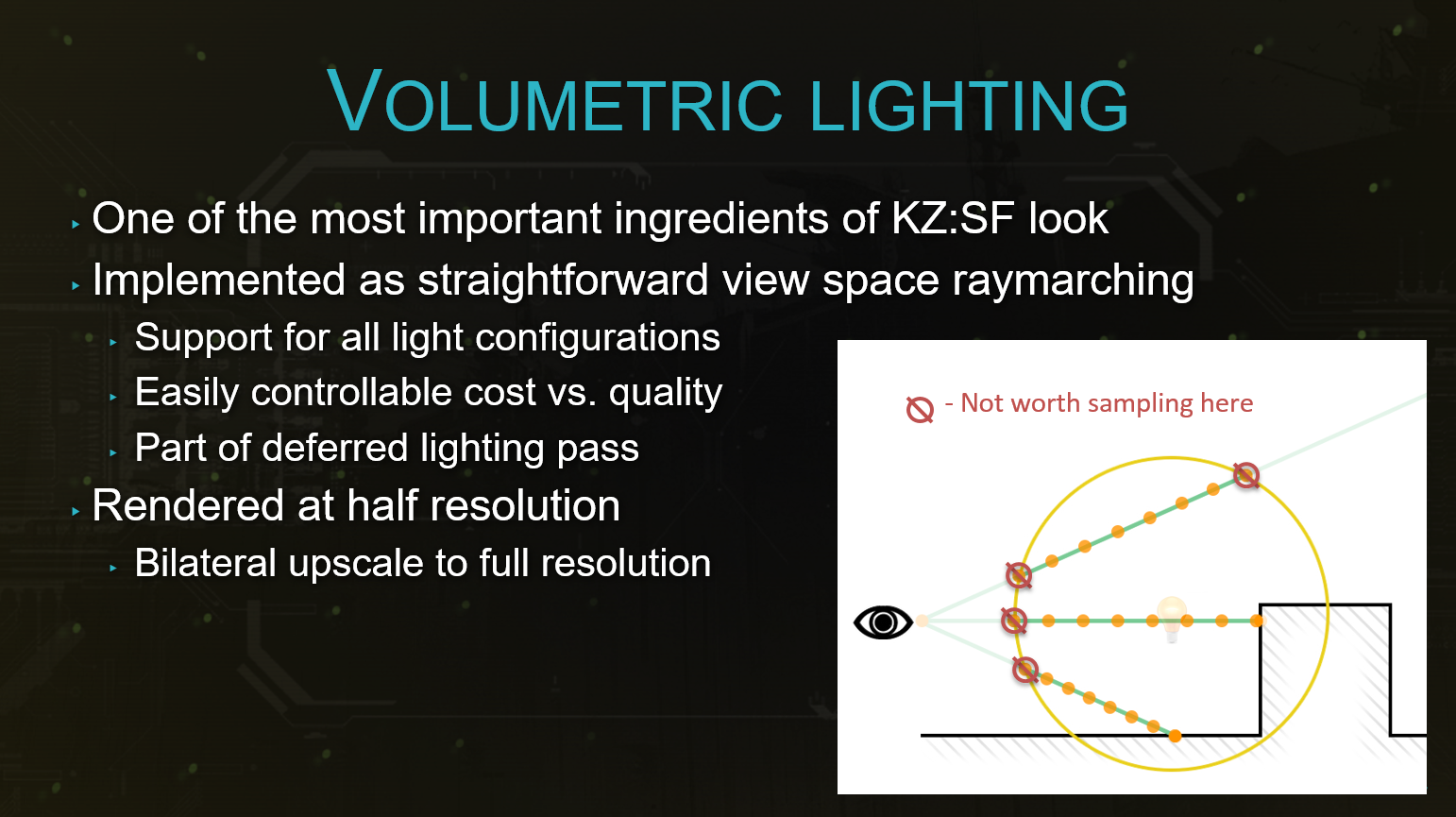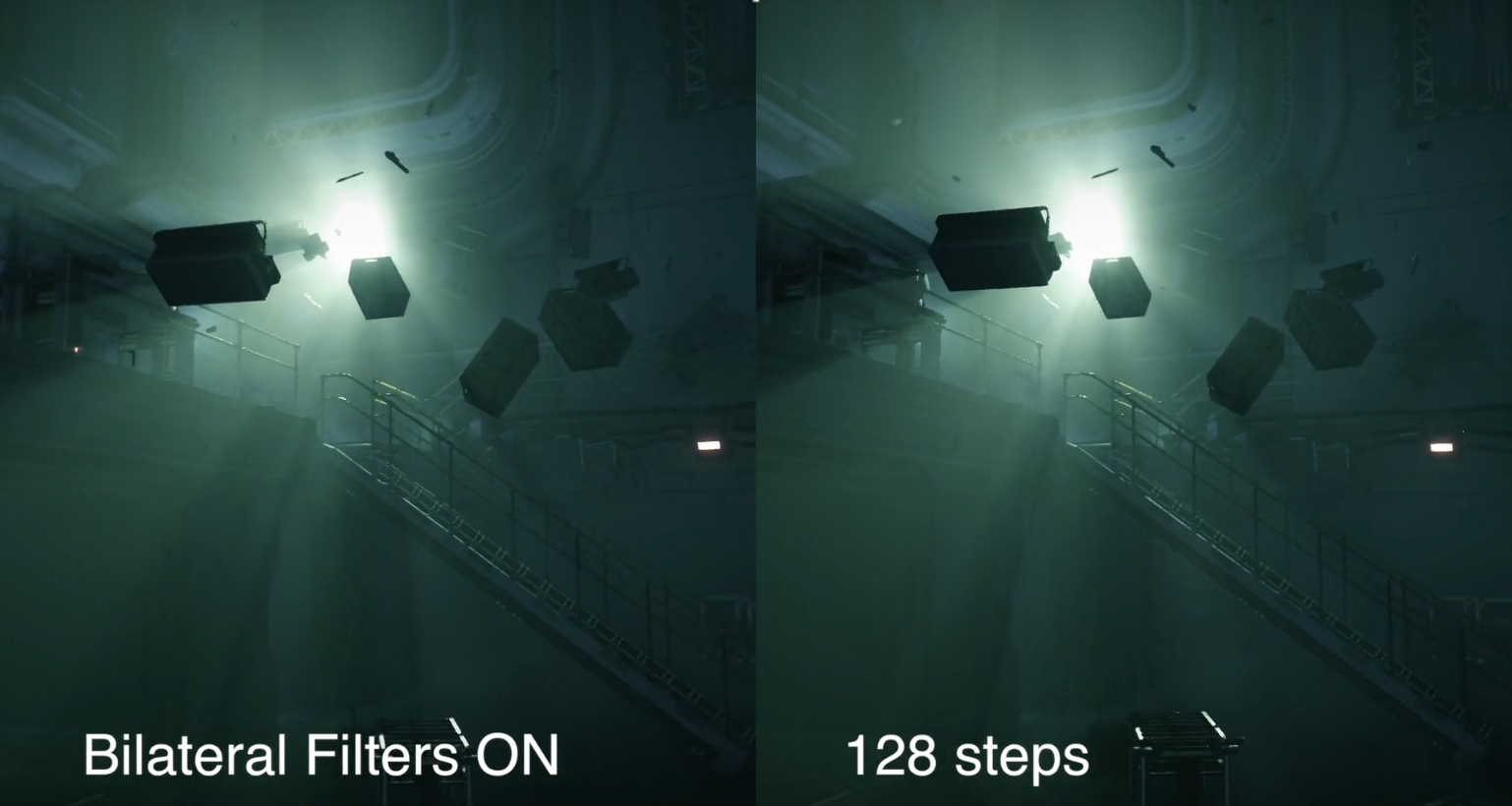What part of the pipeline dictates the resolution number ?
It seems like this generation we have seen many tricks and post processing seems to be even more complex with access to internal buffers, are we moving away from that idea of a fixed resolution?
Killzone multiplayer had its temporal (?) upscale and we have other lower quality assest being overlaid and used and abused, compressed and expnaded, interpolated and reconstructed with ever cleverer shader passes,detecting where more detail is required and applying resources more smartly.
Where is the line currently drawn and could we see that change going forward especially with more novel rendering techniques.
It seems like this generation we have seen many tricks and post processing seems to be even more complex with access to internal buffers, are we moving away from that idea of a fixed resolution?
Killzone multiplayer had its temporal (?) upscale and we have other lower quality assest being overlaid and used and abused, compressed and expnaded, interpolated and reconstructed with ever cleverer shader passes,detecting where more detail is required and applying resources more smartly.
Where is the line currently drawn and could we see that change going forward especially with more novel rendering techniques.




